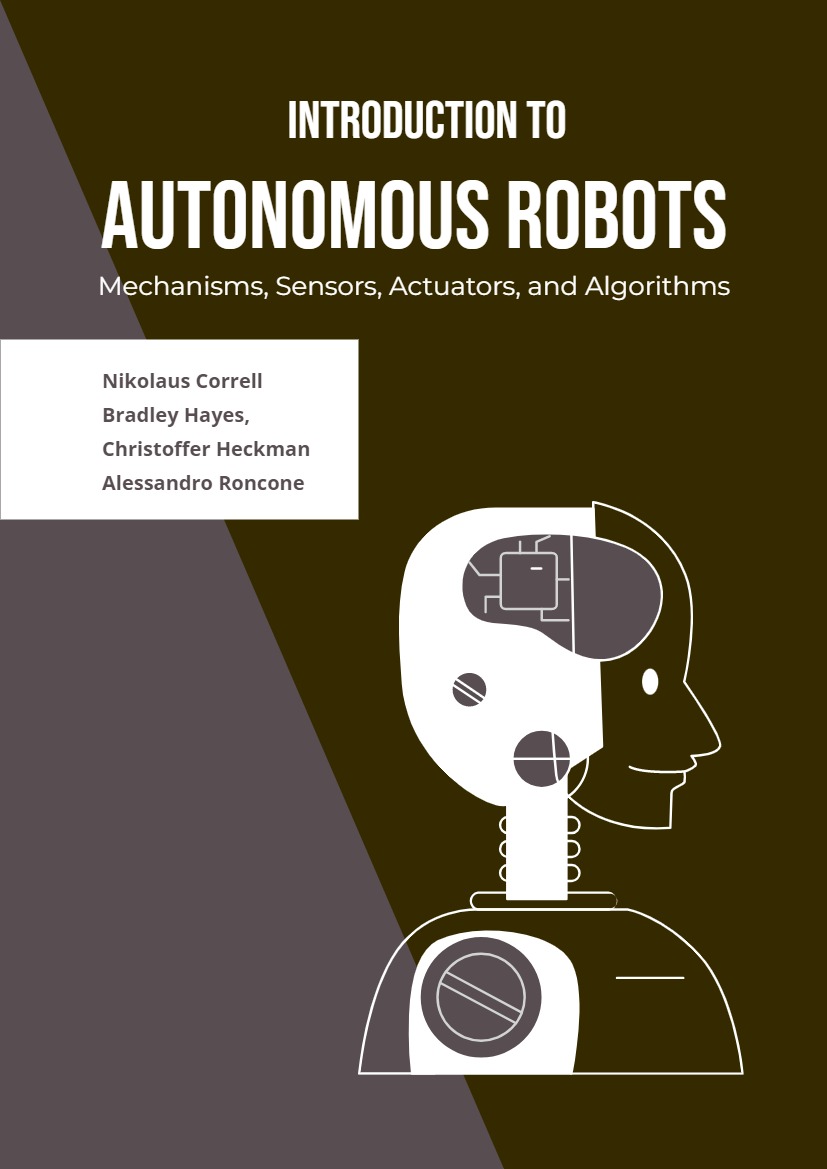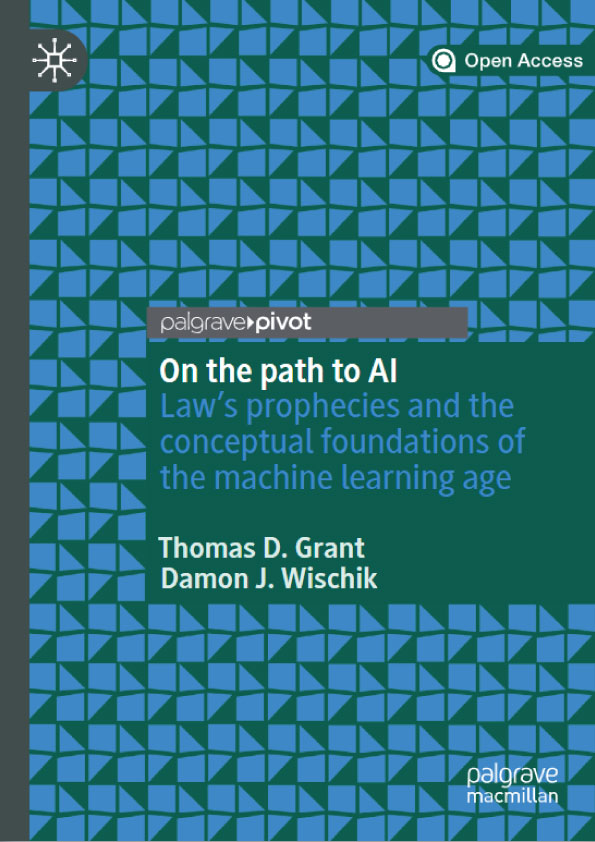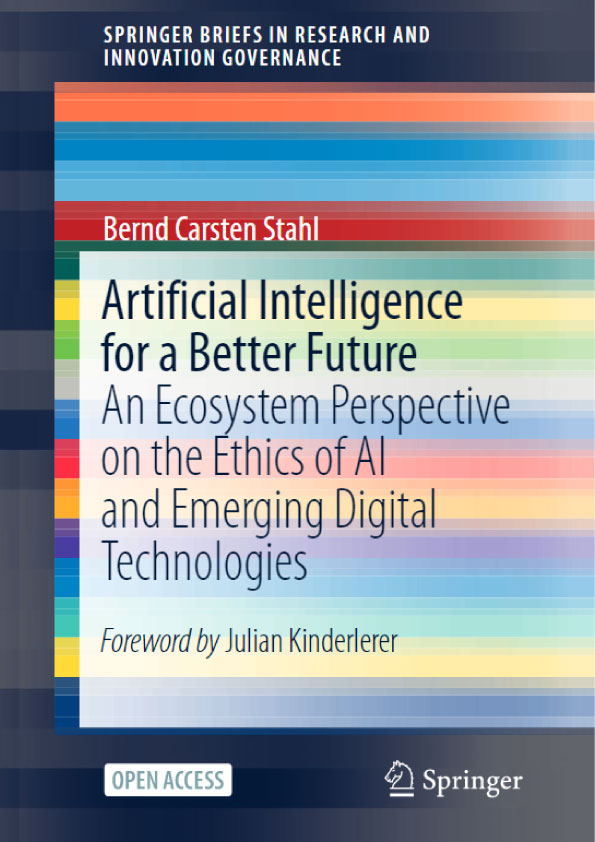Introduction
Robotics celebrated its 60th birthday in 2021, dating back to the first commercial robot in 1961 (the Unimate). In a “Tonight Show” at the time, this robot did amazing things: it opened a bottle of beer, poured it, put a golf ball into a hole, and even conducted an orchestra. This robot did all of the things we expect a good robot to do: it was dexterous, accurate, and even creative. Since this robot’s appearance on the Tonight show, more than 60 years have passed—so how incredible must the capabilities of today’s robots be and what must they be able to do?
Interestingly, we only recently developed the techniques to autonomously do all of the things demonstrated by the Unimate. Unimate indeed did what was shown on TV, but all of its motions were preprogrammed and the environment was carefully staged. Only the advent of cheap and powerful sensors and the surge in computation capabilities have recently enabled robots to detect objects by themselves, plan motions to reach for them, and ultimately grasp and manipulate. Yet, robotics is still far away from doing these tasks with human-like performance.
This book introduces you to the computational fundamentals behind the design and control of autonomous robots. Robots are considered to be autonomous when they make decisions in response to their environment (rather than simply following a pre-programmed set of motions). They achieve this using a multitude of modern techniques ranging from signal processing, control theory, artificial intelligence, and more. These techniques are tightly intertwined with the mechanics, the sensors, and the actuators of the robot. Designing a robot therefore requires a deep understanding of both algorithms and its interfaces to the physical world.
The goals of this introductory chapter are to introduce the kind of problems roboticists deal with and how they solve it.
Intelligence and embodiment
Our notion of “intelligent behavior” is strongly biased by our understanding of the brain and how computers work: intelligence is located in our heads. In fact, however, a lot of behavior that looks intelligent can be achieved by very simple mechanisms. For example, mechanical wind-up toys can avoid falling off an edge simply by using a fly-wheel that rotates at a right angle to their direction of motion and a caster wheel. Once the caster wheel loses contact with the ground—that is, when the robot has reached the edge—the fly-wheel kicks in and pulls the robot to the right (Figure 1.1). A robot vacuum cleaner might solve the same problem very differently: it employs infrared sensors that are pointed downwards to detect edges such as those found on stairs and issues a command to make an avoiding turn in response. Given that on-board electronics is needed, this is a much more efficient, albeit more complex, approach. Even though the above examples provide different approaches to implement intelligent behaviors, similar trade-offs exist for robotic planning. For example, ants can find the shortest path between their nest and a food source by simply choosing the trail that already has more pheromones (the chemicals ants communicate with) on it. As shorter paths have ants not only moving faster towards the food, but also returning faster, their pheromone trails build up quicker (Figure 1.2). But ants are not stuck to this solution.
Every now and then, ants give the longer path another shot, eventually find- ing new food sources. What looks like intelligent behavior at the swarm level, is essentially achieved by a pheromone sensor that occasionally fails. A modern industrial robot would solve the problem completely differently: it would first acquire some representation of the environment in the form of a map populated with obstacles, and then plan a path using an algorithm. Which solution to achieve a certain desired behavior is best depends on the resources that are available to the designer. We will now study a more elaborate problem for which many, more or less efficient, solutions exist.





